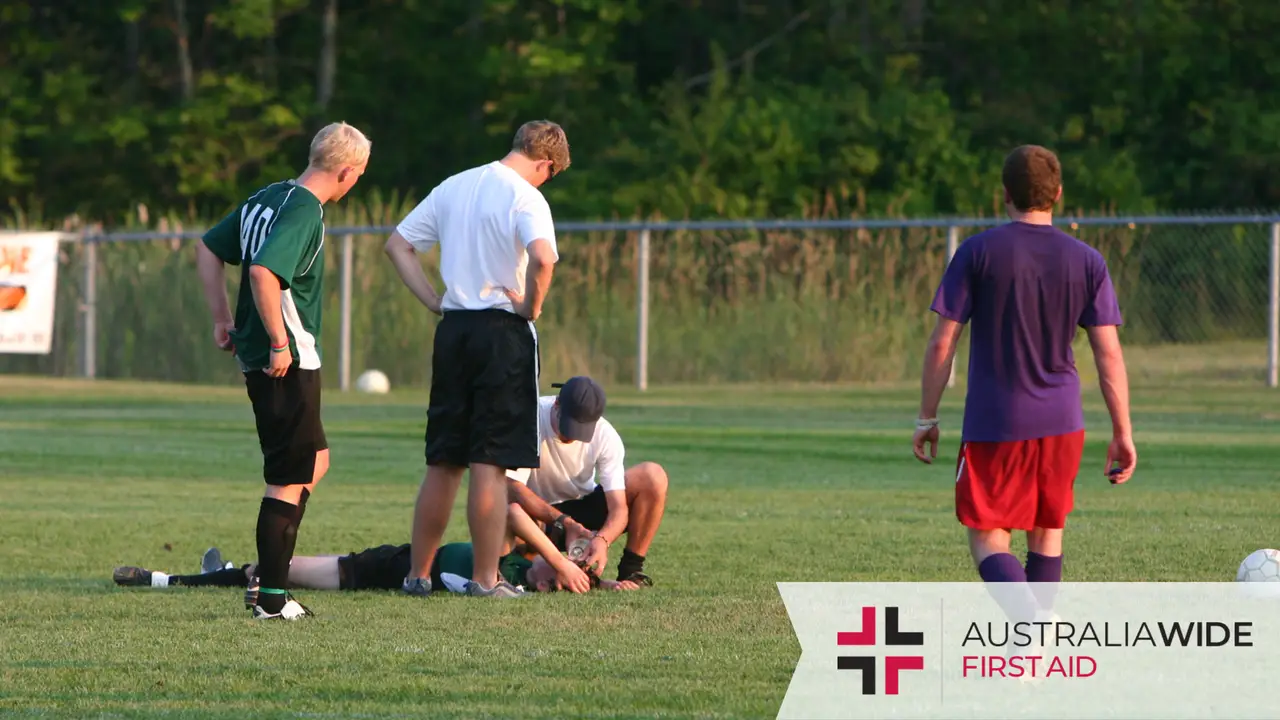Bouncing Back After a Brain Injury: Tips for Returning to Play After a Concussion


Concussions are one of the most common injuries in sports and can have long-lasting effects.
Understanding the risks of concussion, developing a recovery plan, and utilizing strategies for returning to play safely are essential steps for recovering from a brain injury. Additionally, obtaining a first aid certificate for brain injury recovery can be a great way to ensure a safe return to play.
This article will provide tips for bouncing back after a brain injury and discuss why it is important to obtain a first aid certificate for brain injury recovery.
Concussions can have serious long-term effects and can have an impact on a person’s physical and mental health. It is essential to understand the risks of concussion before attempting to return to play following a brain injury.
The potential risks of a concussion can range from mild to severe, and can include headaches, dizziness, difficulty concentrating, difficulty sleeping, and difficulty with balance.
In some cases, a concussion can lead to memory loss, confusion, depression, anxiety, and difficulty with coordination and movement. It is also important to note that the effects of a concussion can be cumulative; if a person sustains multiple concussions, the effects can be more severe and long-lasting.
It is important to seek medical attention after sustaining a concussion and to follow the doctor’s recommendations before returning to play. The doctor may advise limiting physical activities and avoiding contact sports for a period of time to allow the brain to heal. It is also important to be aware of the signs and symptoms of a concussion and to speak with a doctor immediately if any of the symptoms worsen.
By understanding the risks of concussion and following the doctor’s advice, a person can reduce the risk of long-term effects and help ensure a safe return to their sport or physical activity.
When recovering from a brain injury, it is important to have a plan of action to ensure a safe and full recovery. In order to return to playing sports after a concussion, athletes should follow these steps in developing a recovery plan:
By following these steps, athletes can safely return to playing sports after a concussion. It is important to take the recovery process slowly and not rush it, as this can lead to further injury and complications. Developing a recovery plan and sticking to it is essential for a successful return to play.
When returning to play safely after a brain injury, there are several steps you should take to ensure your safety.
By following these tips, you can help ensure your safety when returning to play after a brain injury. It is important to consult with a medical professional before returning to play and to make sure that you are ready to return.
It is important for individuals who have suffered a brain injury to obtain a first aid certificate for recovery. A first aid certificate is essential to ensure that the injured person is prepared to handle any situation that may arise during brain injury recovery.
An individual who has suffered a brain injury may be more prone to accidents and injuries. A first aid certificate will equip them with the knowledge and skills to provide the necessary care in the event of an accident or injury. This will help them to prevent further damage and to get the necessary help more quickly.
Australia Wide First Aid offers a range of courses designed to teach individuals first aid skills. These courses cover a wide range of topics including first aid for brain injuries. The HLTAID011 Provide First Aid course is designed to provide participants with the knowledge and skills to assess and manage injuries, and to provide first aid in a variety of situations.
Having a first aid certificate can make a huge difference in the lives of individuals recovering from a brain injury. It provides them with the knowledge and skills to assess and manage injuries and to provide the necessary care in the event of an accident or injury. It also helps to ensure that they are prepared to handle any situation that may arise during brain injury recovery.

March 6, 2025
Falls are one of the most common causes of injury, particularly among children and older adults. Whether it’s a simple trip or a serious fall from height, knowing how to administer first aid can prevent further injury and, in some cases, save a life.

October 1, 2024
The musculoskeletal system is the foundation of human movement, support, and protection, playing a critical role in our ability to perform everyday tasks. Understanding the components and functions of the musculoskeletal system is essential for preventing injuries and managing conditions that may arise, particularly in workplaces where manual handling tasks are common.

August 28, 2024
A jaw fracture is a break or crack in the jawbone. This type of injury can occur due to various reasons and may result in considerable pain and difficulty in performing everyday activities like eating and speaking.